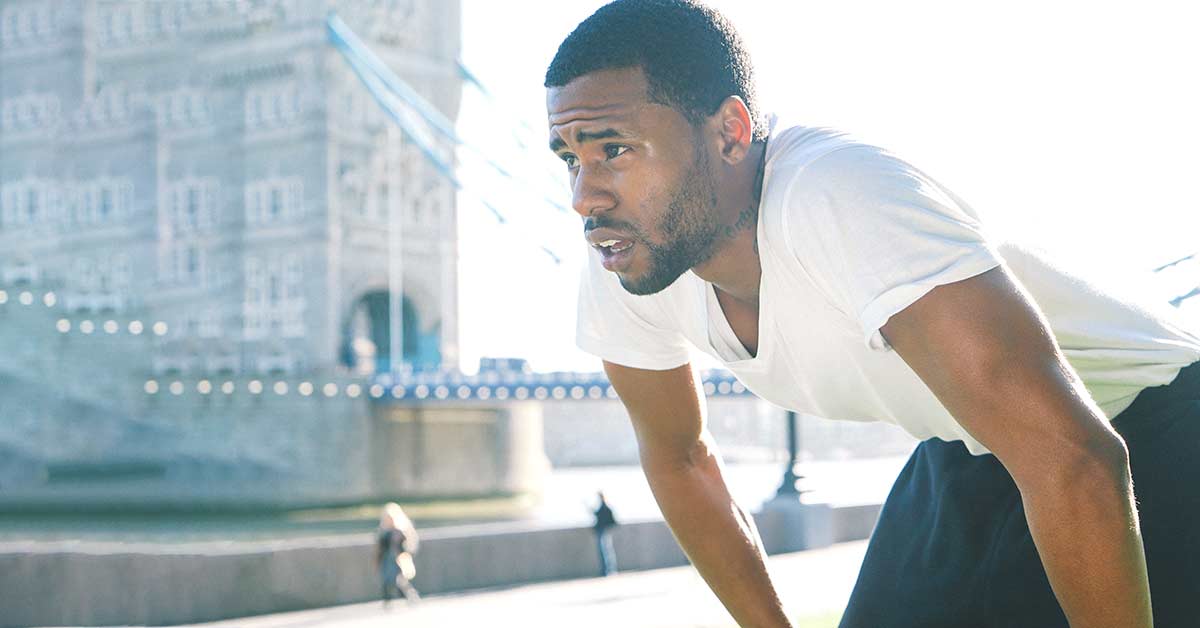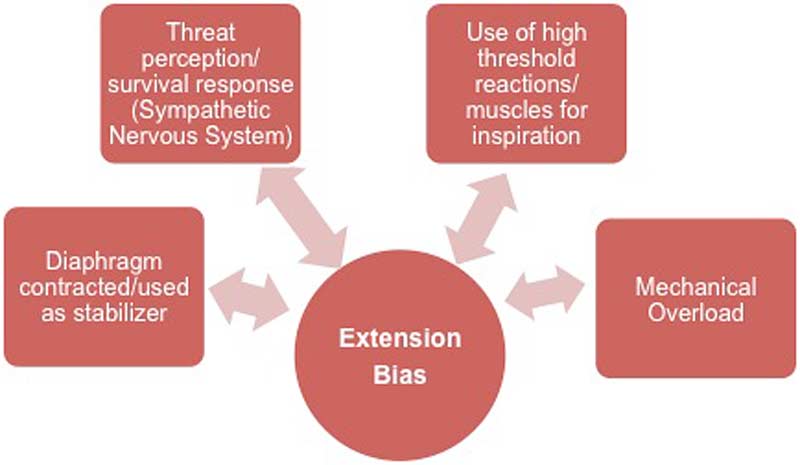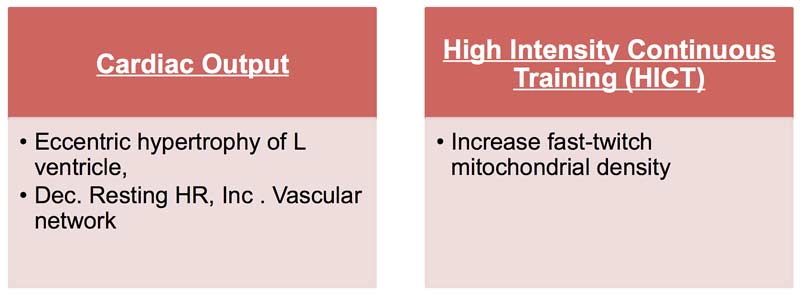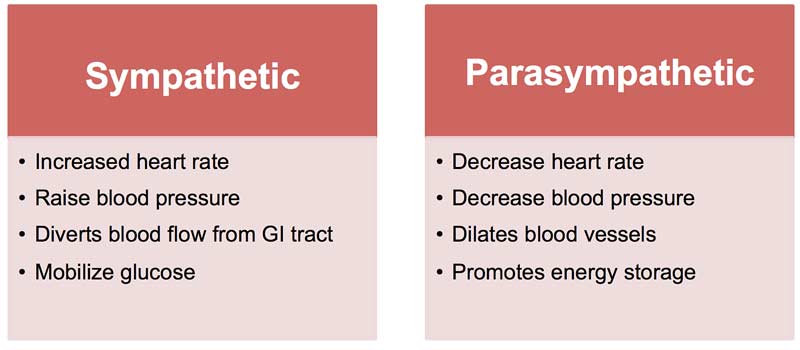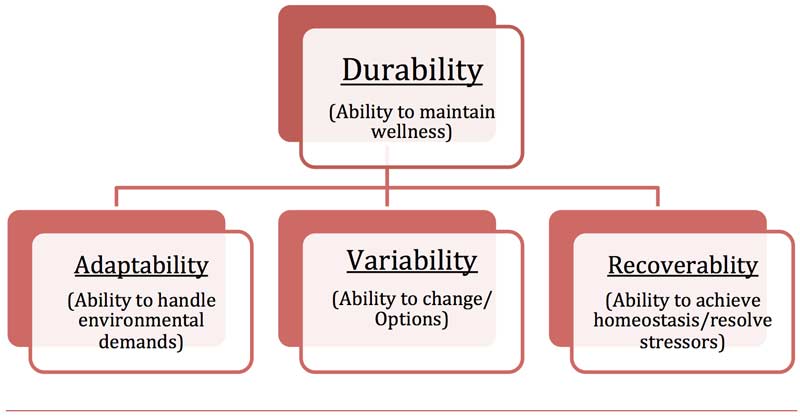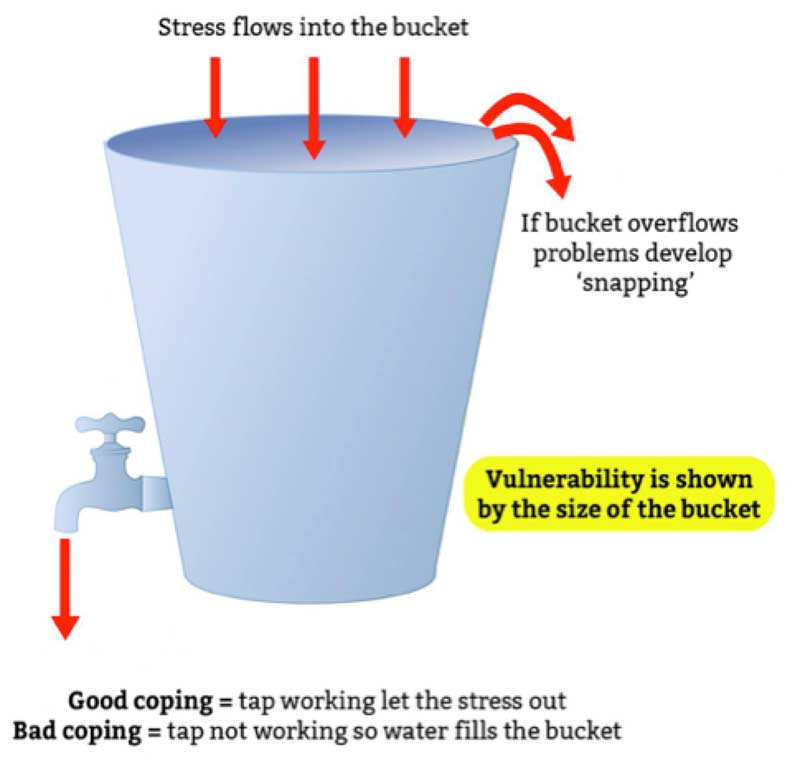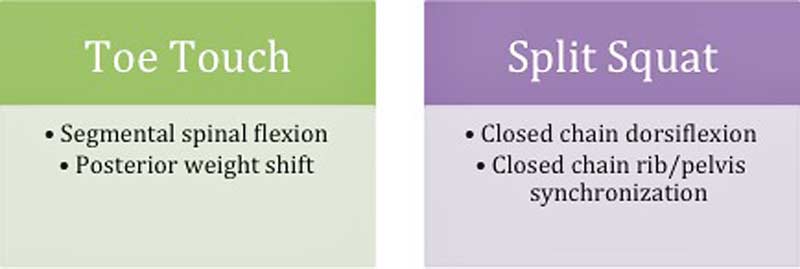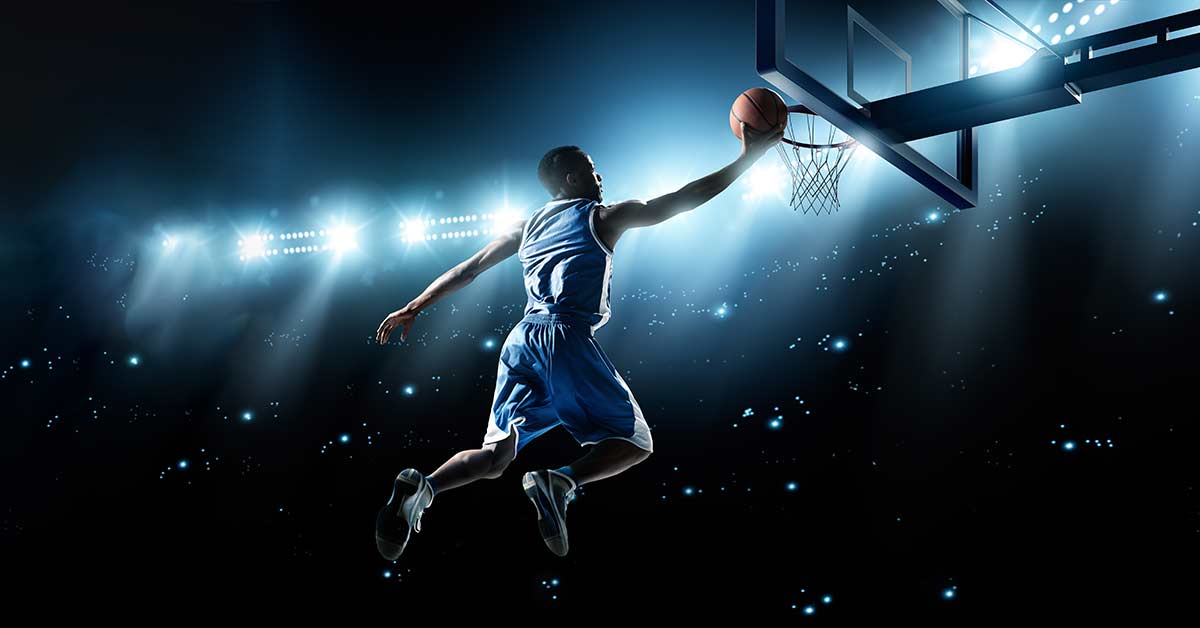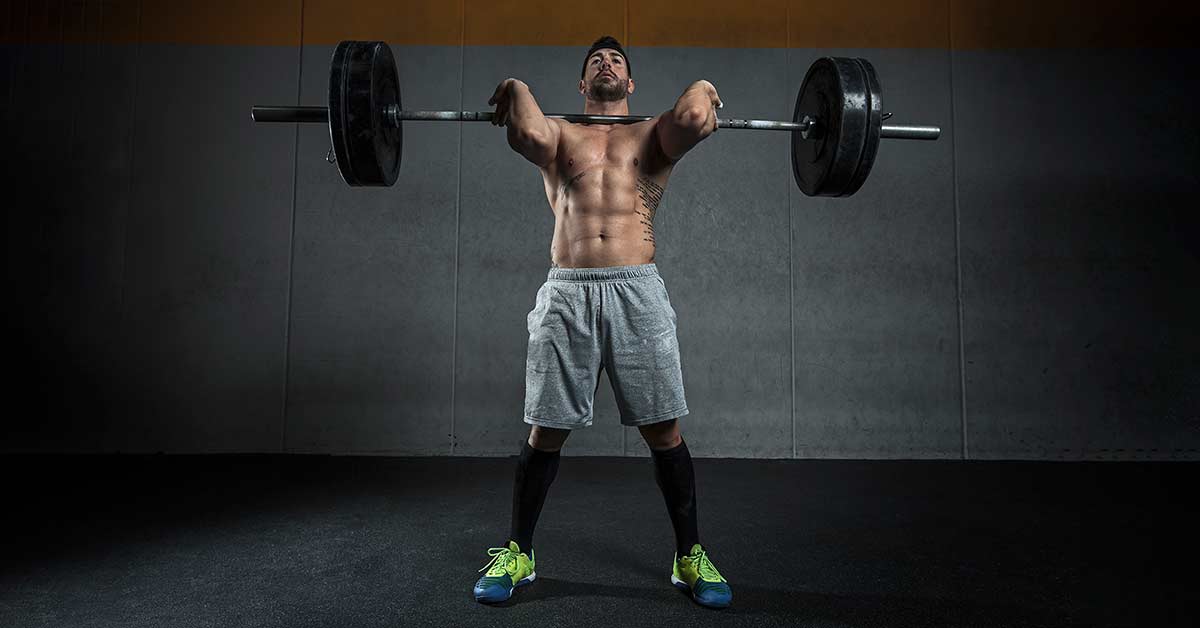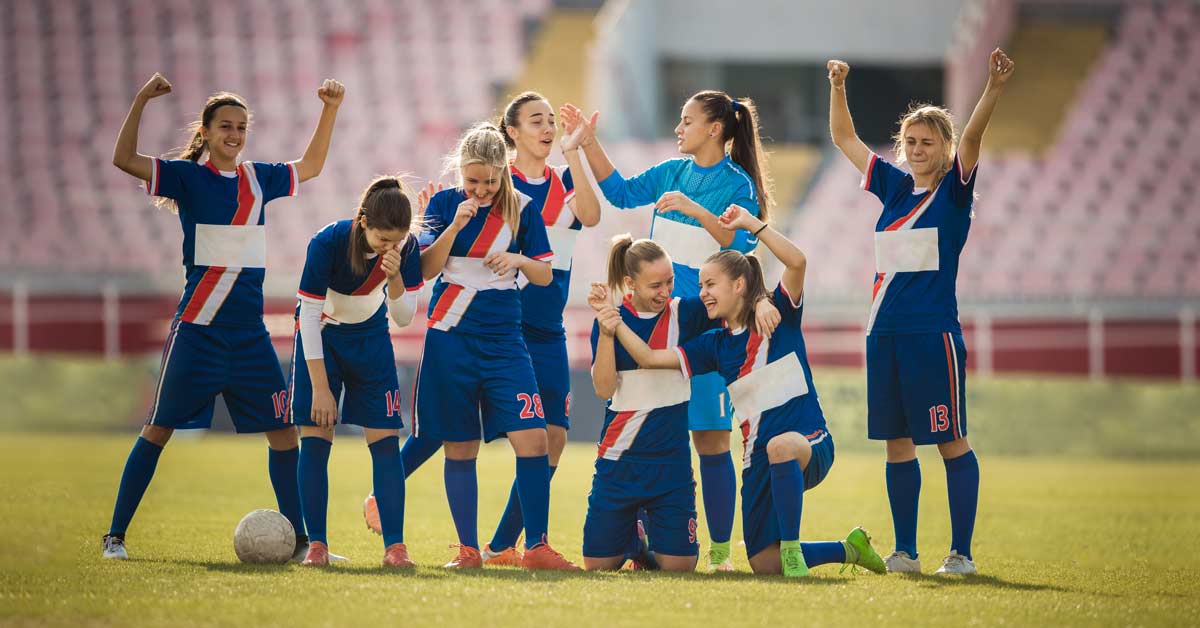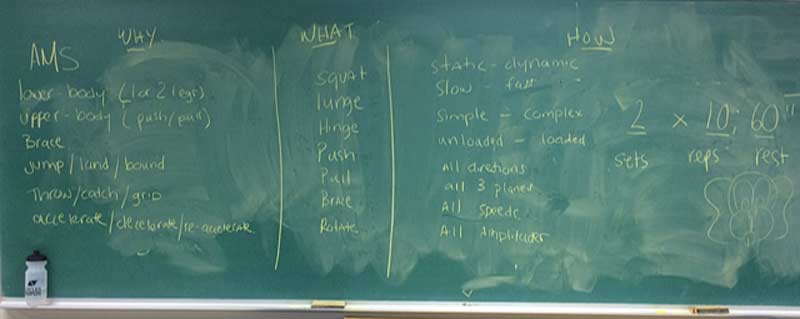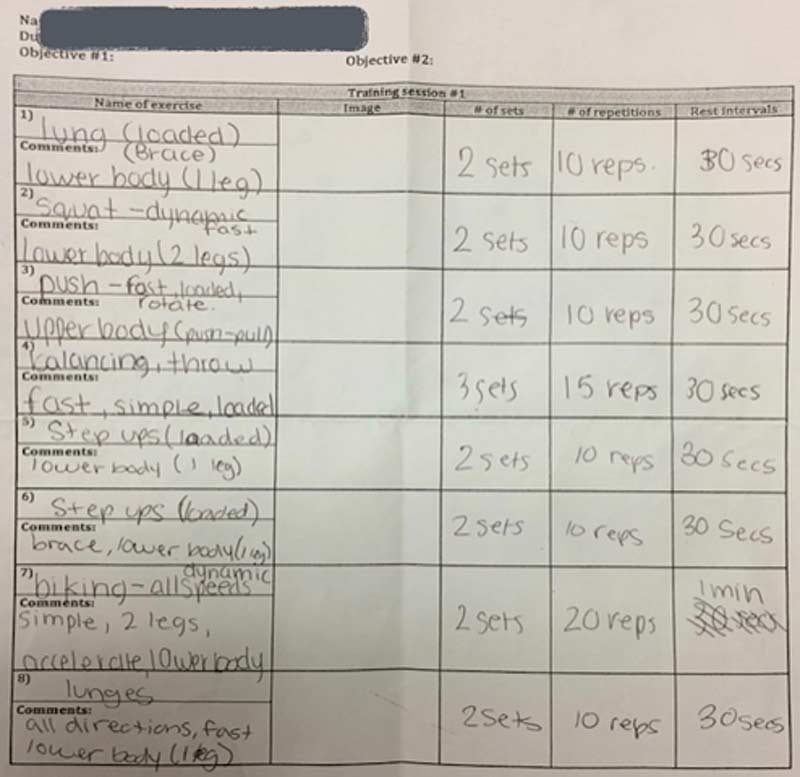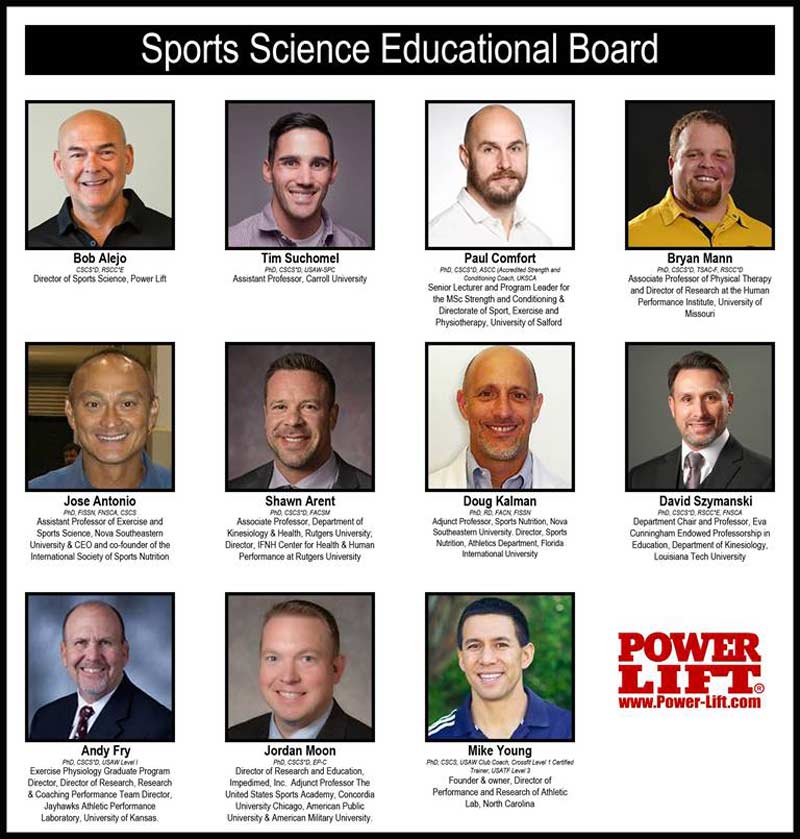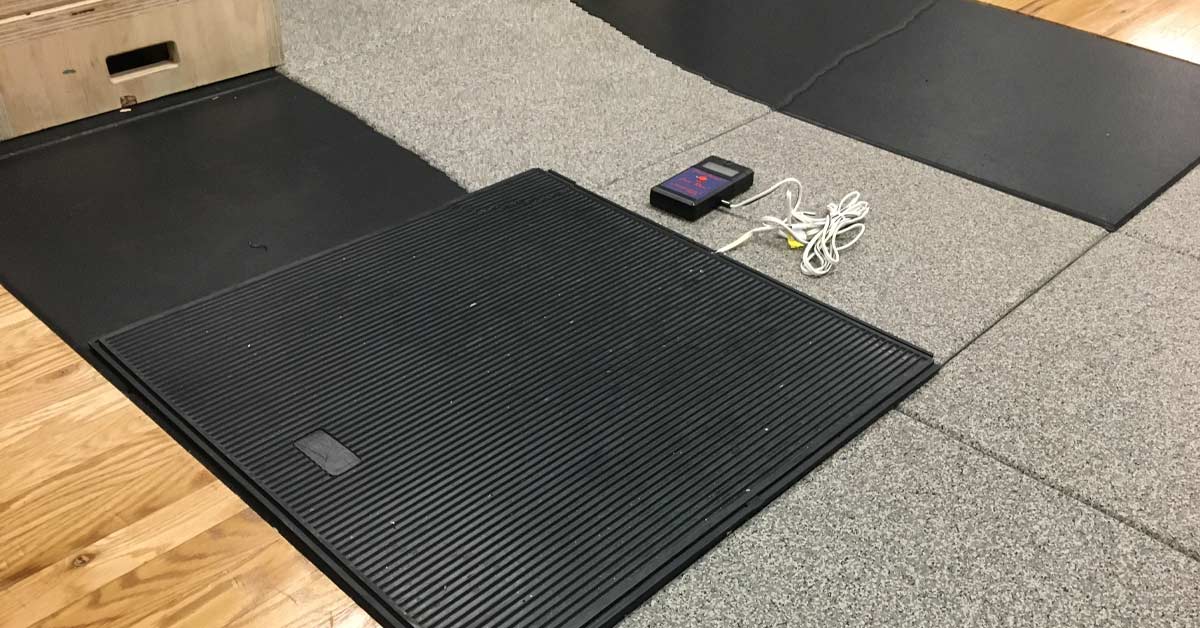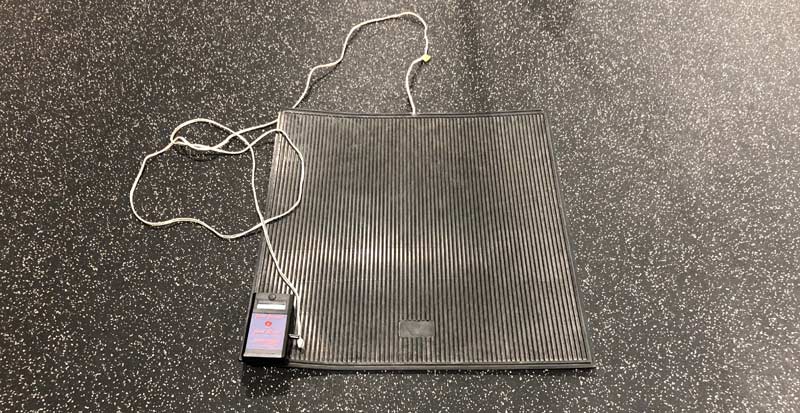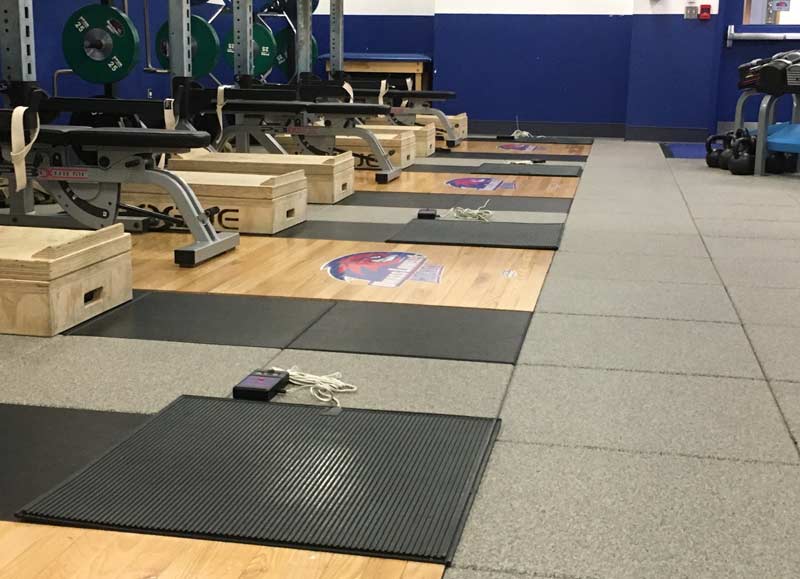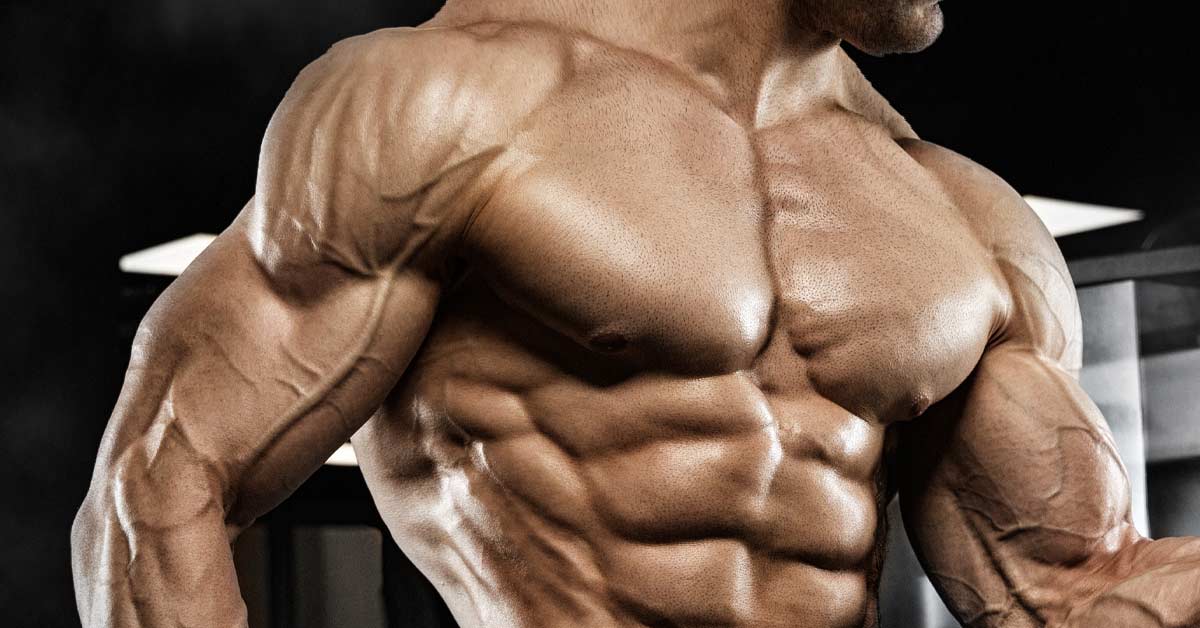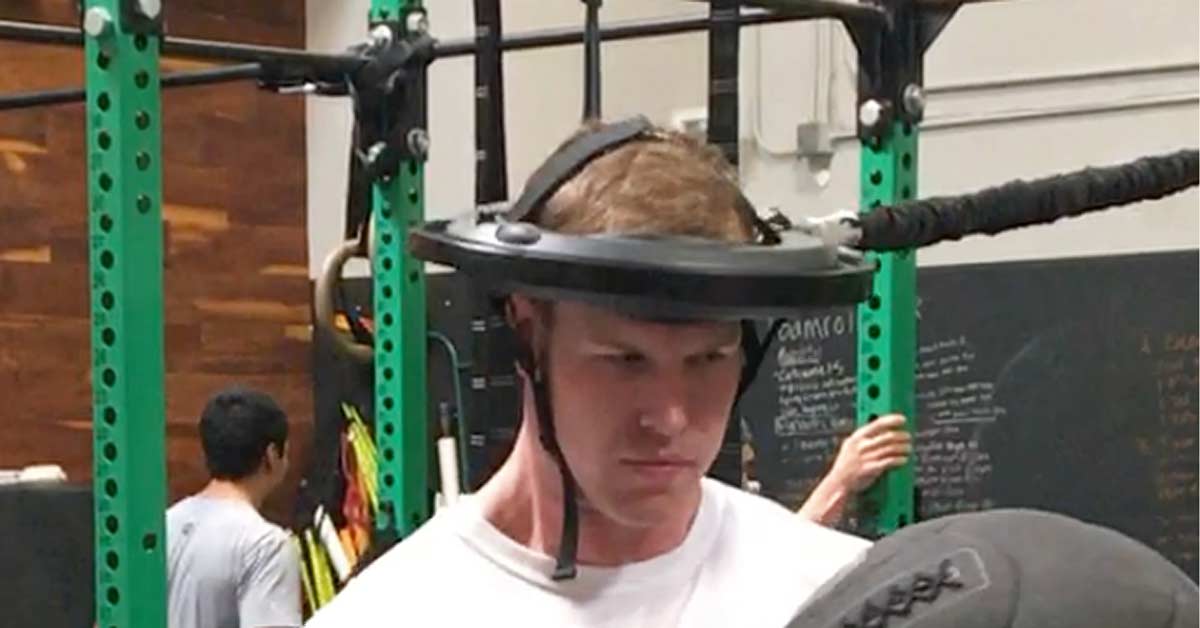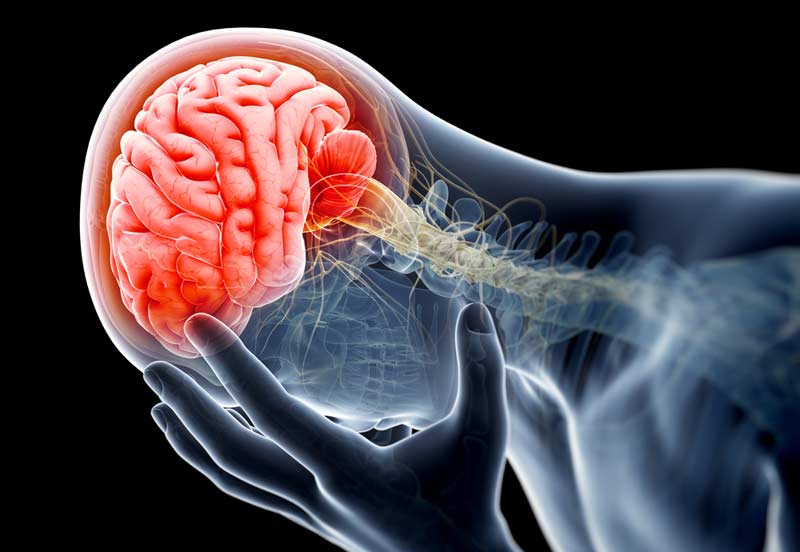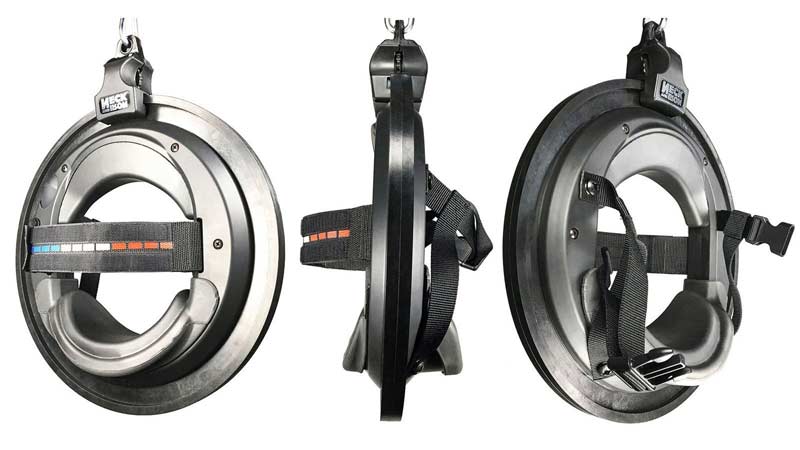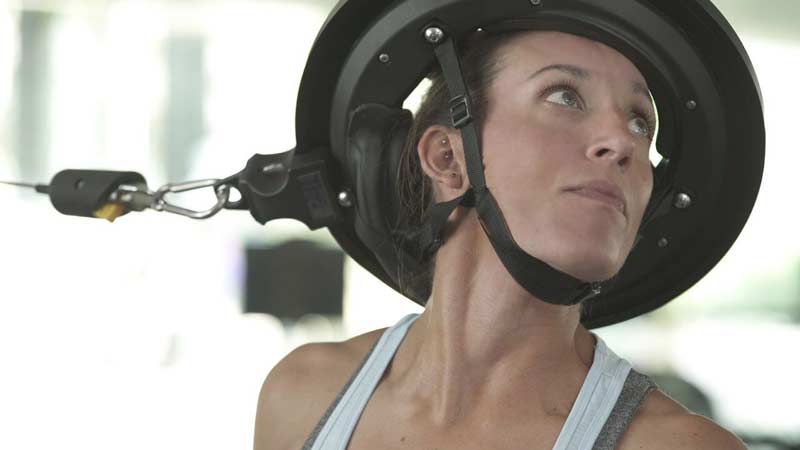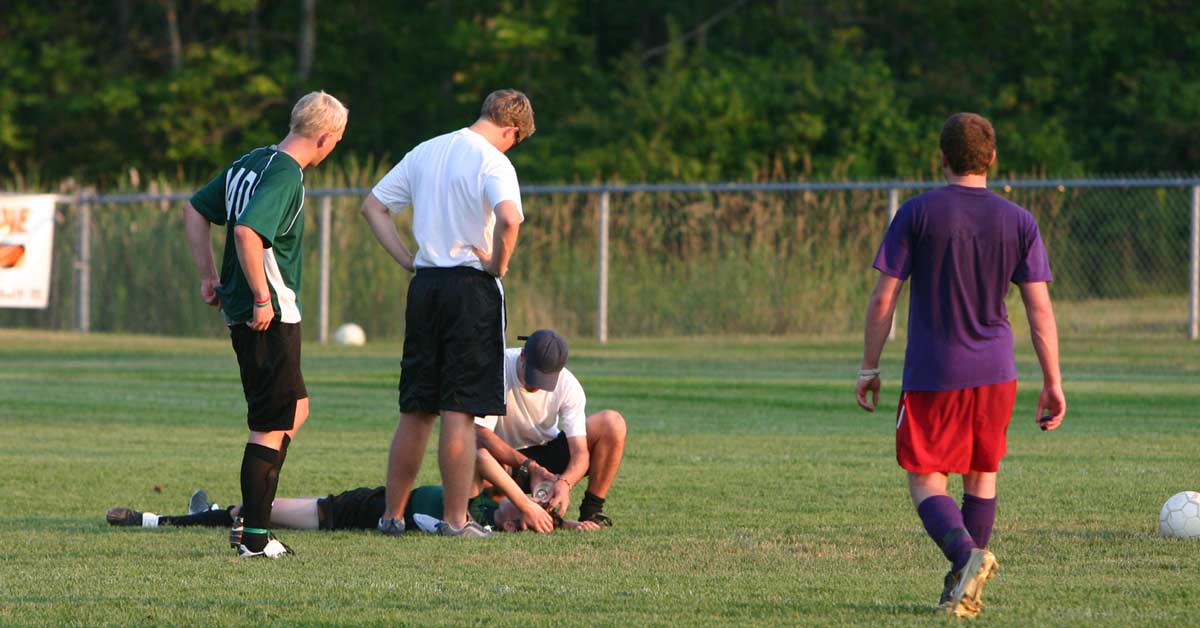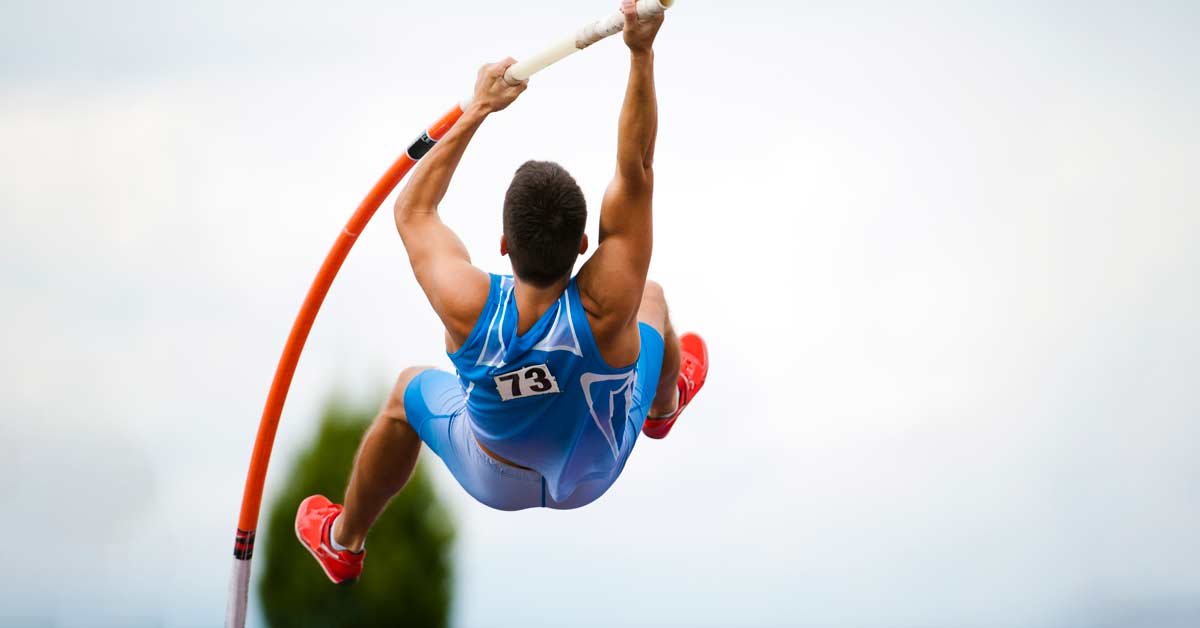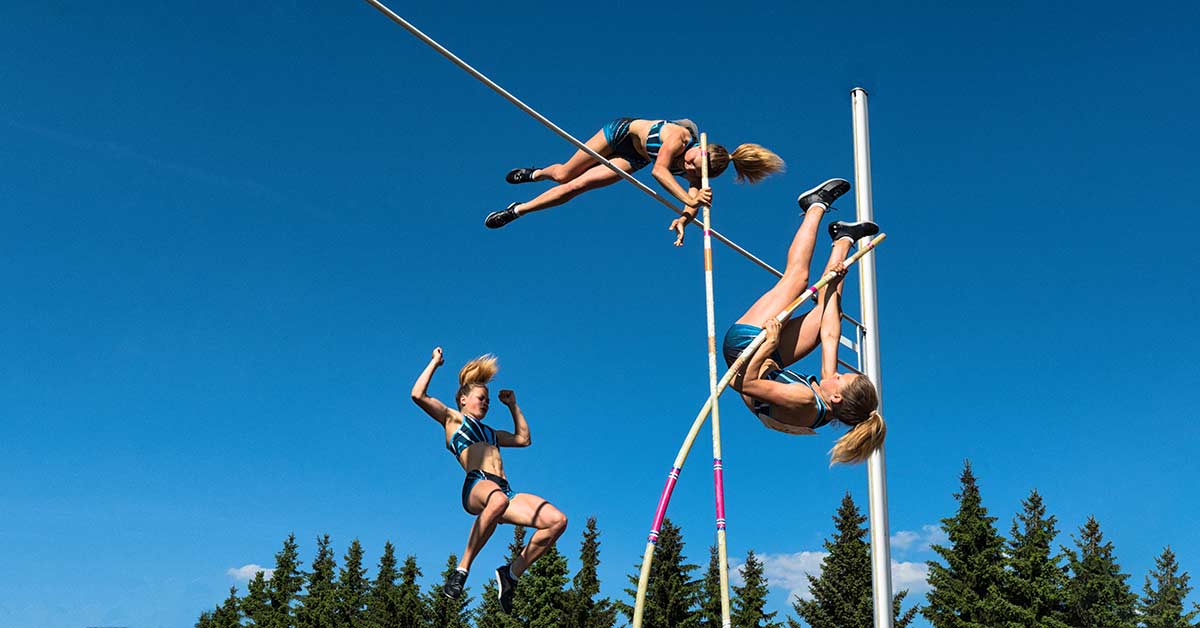
All vaulters subscribe to one of a few technical models or methods that address pole vault differently. The goal to clear a bar is always the same, but each model emphasizes its own subtleties, and employs strikingly different coaching cues. If you want to compare these models, the best place to observe a difference is in the movement of the athlete’s hips as the hips represent the vaulter’s center of mass.
For example, the Champion Model allows hip deceleration to occur for the benefit of greater pole bend. Alternatively, the 640 Model emphasizes upward acceleration of the hips after takeoff, and views pole bend as a by-product of runway speed. Other technical models for pole vault exist, but they derive from the Champion Model or the 640 Model: These are the archetypes used by the pole vault community, and the two models I use to analyze hip movement.
Many athletic events have different technical models and coaching philosophies. Long jump has at least three models for leg movement during flight: hang, stride jump, or hitch kick.1 When you compare these styles to the shot put spin versus shot put glide, the differences in the long jump seem extremely subtle. That’s because the spin and the glide are entirely different models for the shot put preparation phase, which is analogous to the approach in long jump.
In the shot put delivery phase, which is comparable to the long jump flight phase, both the spin and the glide are essentially the same. Thus, regardless of preparation phase, glide, or spin, a shot putter seeks an excellent power position for the delivery of their implement. This is different than the long jump because the flight style (delivery) differs and the approach (preparation) remains the same. Pole vault bears resemblance to long jump because there’s no difference in the run (approach) between the Champion Model and the 640 Model. Again, like long jump, pole vault technical models differ in how they address takeoff and air mechanics.
Hip Movement
For all vault models, hip movement is a critical indicator for takeoff and air mechanics because hip movement shows how proficiently the athlete creates pole speed. Ideally, an athlete’s hips never slow down after takeoff.
For all vault models, hip movement is a critical indicator for takeoff and air mechanics. Share on XElite vaulters, like Sergei Bubka or Yelena Isinbayeva, demonstrate that even the Champion Model can achieve upward hip motion with very minimal deceleration. Unfortunately, for a successful Champion Model jump with minimal hip deceleration, the necessary strength and speed requirements are exorbitant. For that reason alone, many Champion Model vaulters find themselves shut out from higher bars once they’ve maxed out their grip and pole, if they remain at the same level of strength and speed. Again, this argues in favor of teaching the 640 Model to new vaulters. Nevertheless, the widely used Champion Model deserves analysis.
Coaching Hip Movement in the Champion Model
Consider Lilly, a Champion Model vaulter, who focuses on bending the pole by letting her hips decelerate after takeoff. When she is under the pole with arms pressing up high (aka blocking out), she initiates her swing with arm and core strength so that she can invert, meet the unbending pole, and slingshot herself over the bar. When you watch Lilly’s hips, they accelerate from her free takeoff, decelerate as she transfers mechanical energy into the pole, and then finally accelerate again as she brings her body to inversion.
When Lilly attempts a personal best, her coach might increase her grip or pole size. Here are the possible results of these adjustments:
- Lilly increases the height of her grip on the pole. The pole bends more, but her hips decelerate so extremely that her runway speed becomes irrelevant. The remainder of her air mechanics rely on her arm and core strength. If Lilly is not strong enough to control the pole with her higher grip, then she will get stood up by the pole somewhere above the plant box, which is dangerous. Grip Lilly back down and tell her to keep her speed up.
- Same adjustment as Scenario One. Lilly grips up. If Lilly is really strong, then she rows through easily and completes the jump successfully. Her hips decelerate minimally. Keep everything the same for the next jump.
- Lilly switches out her pole for a longer or heavier pole. The new pole does not bend as much as before and her jump becomes more like a straight pole drill. If Lilly is not fast enough to jump on this pole, her hips will decelerate completely as she gets stood up by the pole, or worse, rejected from the pit back onto the runway. Either Lilly should not be on such a heavy pole, or she should grip down and treat the next attempt as a straight pole drill. Lilly should initiate her swing sooner.
- Same adjustment as Scenario Three. Lilly goes up a pole. If Lilly has sufficient runway speed, then she moves the pole to vertical and relies on her strength to execute the jump. In this case, her hips move fluidly upward, above her grip, and she clears the bar. Keep everything the same for the next jump.
- Lilly goes up a grip and switches out for a heavier pole. Lilly is faster and stronger because she’s committed herself to speed work and weight training. It’s been a while since her last competition and she’s a different athlete since last time. She nails the jump, her hips decelerating slightly and then moving upward again. She clears a higher bar for a new personal best. She should go up another grip and move back a half foot on the runway for her next jump. Go Lilly!
Although the scenarios above offer coaches simple cues and adequate feedback based on hip motion, the Champion Model has problematic limitations. Young athletes who are new to pole vault may not have the strength or speed to achieve sufficient pole bend—even on a small pole. On the other extreme, nobody can grip up indefinitely because the hips will decelerate, and the athlete will get stood up. At some point, the height of the grip becomes too high for even the strongest and fastest vaulters.
With the Champion Model, the height of the grip eventually gets too high for even strong vaulters. Share on XThe widely accepted notion that you can load a pole with energy from the approach only works if you don’t lose that energy when you plant the pole. When the grip is too high or the pole is too heavy, the forward transfer of energy into the pole will go right back into the athlete in the opposite direction. Last I checked, the opposite of forward is backward, and definitely not upward. This is the reason the hips sink or decelerate in the Champion Model.
Coaching Hip Movement in the 640 Model
In the 640 Model, the hips should continuously move upward, without any deceleration. A 640 Model vaulter takes off farther out from the box, and they begin pulling on the pole immediately with the extended bottom arm. A big jump up, active pull, and good trail leg swing bring the hips upward to meet an unbending pole. As usual, speed and strength are crucial to the success of this model, like any model, but the emphasis is different. 640 Model vaulters focus on achieving maximum pole speed (how fast the pole moves from plant to vertical) and view pole bend as a by-product of a well-executed jump.
With hip movement tied to pole speed, it’s absolutely critical that 640 Model vaulters actively pull on the pole from takeoff so that the hips never decelerate. 640 Model vaulters get off their poles sooner than Champion Model vaulters because the emphasis is always on pole speed. Sam Kendricks is a good example of a vaulter who moves through the jump incredibly fast and has great pole speed. His hips never decelerate. Kendricks may not strictly subscribe to the 640 Model, but he’s a lot closer to the 640 than the Champion Model.
Another measure of pole speed is the end position of the pole. A 640 Model jump typically ends with the pole at 85-95 degrees, whereas a successful Champion Model jump ends with the pole past vertical at 95-120 degrees. This is why Champion Model vaulters tend to push their standards farther back than 640 Model vaulters.
The hips should not decelerate in the 640 Model because the energy from runway speed transfers less into the pole and more into the vertical motion of the vaulter. If the athlete does not continue to add energy into their ascent by pulling on the pole, then their hips would decelerate or sink after takeoff because they are not active with their arms. Forget what you’ve heard about the total energy after takeoff. You can add energy to the system once you’re in the air! An athlete may not be able to bend the pole more than their runway speed allows, but that grilled chicken and salad they ate for lunch provides enough energy to pull on the pole and elevate the hips!
When you observe a 640 Model vaulter decelerate their hips or lose pole speed, there are a variety of factors that may cause this result. Let’s consider Billy, a seasoned collegiate 640 vaulter who’s not having a great practice session. Billy’s approach on the runway is excellent. He hits the right mid-mark and he always sets up a good free takeoff. Unfortunately, Billy has been struggling with his takeoff and air mechanics today. His hip movement and pole speed are critical indicators for feedback after each jump. Here are some scenarios to address:
- Billy’s hips rise slower than usual, his pole speed is slow, and his left arm collapses. He definitely does not have the hip height to wrap the bungee he usually wraps with ease from his three-step approach. Billy was flat. He needs to jump up more at takeoff, which should correct for the collapse of his left arm, too.
- Billy’s hips rise initially, but they decelerate once he’s in the air. His pole speed was adequate, but not as good as his best jumps. Billy had a good jump up at takeoff. There are a few possibilities to explain this jump:
- If Billy did not pull on the pole immediately after a good takeoff, then he pushed too much on the pole and could not bring his hips upward easily. Pushing on the pole results in landing off to the side in the pit.
- If Billy’s step was tight because he overstrided on his last step, then his left arm collapses and he cannot pull on the pole proficiently. He almost gets hit by the pole after takeoff and he cannot follow through to begin the turn at inversion. Again, his hips decelerate in this situation. Billy can either go back a half foot on the runway or correct his last two steps before takeoff. His last four strides should be stride-stride-long-short.
- If Billy collapses the left arm in his pole plant, then he needs to extend more. This is not a significant adjustment, but it’s enough to keep his hips accelerating upward and achieve higher clearance.
- Billy jumps up well at takeoff, pulls proficiently, and his hips rise continuously. He has great pole speed and lands deep in the pit. Awesome! Billy can either add resistance by increasing his grip by 3 inches or move back 6 inches on the runway. If Billy bends the pole too much, then he should switch poles for a stiffer one. The next jump should look good. If it doesn’t, then he did not execute the jump similarly to the previous one. Revisit scenarios One and Two above.
Regardless of the model that you follow, your observation of hip motion is critical for assessing the jump and providing feedback to your athletes. I only addressed the Champion and 640 models because other pole vault models are either derivatives or variants of these models. For example, the Traditional Model, utilized by Polish vaulter Władysław Kozakiewicz, spawned the widely used Champion Model, but is not a common technical model anymore. The Innovative Model, practiced by high school record holder Mondo Duplantis, derives from the Champion Model and involves a double leg tuck instead of a single leg drive and swing. Again, the masters of each model demonstrate very minimal hip deceleration.
Switching Technical Models
For one athlete, switching technical models is a challenging process. If you’re a coach, switching models can be excruciatingly painful because you have to transition all of your athletes together. Don’t be surprised if some athletes just quit. There are some events in which it’s easy to switch models, but not pole vault.
It’s always easier to switch models that differ in the preparation (approach) rather than in the delivery (takeoff). In shot put, the switch from glide to spin, or vice-versa, doesn’t have to be a painfully slow transition, because the preparation phases differ. In pole vault, the switch from Champion to 640 can be detrimental to the athlete because takeoff has entirely opposite blocking cues. Champion Model coaches say, “Push!” 640 Model coaches say, “Pull!”
A vaulter may find greater success with a new technical model, but patience is absolutely necessary. Share on XIt might take years before a Champion Model vaulter can shed their old habits and become successful with the 640 Model. An athlete may find greater success with a new technical model, but patience is absolutely necessary. You can’t rush skill development because, as the saying goes, old habits die hard.
Comparing Technical Models
The jury is still out on which technique is most effective for all these events, and that’s okay! Most of the pole vault community uses the Champion Model, or some variation thereof. Mike Powell broke the long jump world record with a hitch kick, but when I went to college, I saw mostly hang style and stride jump. Long jumpers rely on all three fairly equally.
The shot put spin became popular among American throwers back in the ’80s because many shorter, less explosive throwers discovered they could generate more impulse with less force than their larger, more explosive opponents. In international competition, the glide is more popular, but the men’s world record is a spin. The women’s world record is a glide. It’s hard to say what’s best. Sometimes, what fits your athlete’s abilities and needs is really the best model to use.2
Maybe, but not necessarily. Experimental support for one model over another would rely heavily on historical records and mostly subjective evidence. This doesn’t mean that one model isn’t absolutely better than another. It’s certainly possible. Rather, it’s just very difficult to prove it beyond reasonable doubt. At Apex Vaulting Club, we use the 640 Model. We have a good coaching system in place and I have confidence in our head coach.
The only argument for one model over another is based empirically on safety. In my observations and experience jumping with both models, the 640 Model offers athletes a safer recovery after takeoff. Even with good coaching, Champion Model vaulters seem to get stood up by the pole more often, which decreases the likelihood of landing safely in the pit. This can result in a dangerous recovery, like landing on your feet, landing in the box, rolling an ankle, or being rejected by the pole back onto the runway. Of course, this is also possible with the 640 Model, but in my observations, not to the same degree as with the Champion Model.
I’m more confident in the 640 Model as it’s safer and more accessible for less-experienced athletes. Share on XWhen I compare my vaulting experiences, I recall 40-50% of all Champion Model practice jumps resulted in being stood up, whereas that result was about 5-10% for all 640 Model jumps. Overall, I have greater confidence in the 640 Model because it’s safer and more accessible to younger, less-experienced athletes. Those are the individuals that matter most in our sport—not the elites. If we want pole vault to grow and become more popular as a sport, then we must make it more approachable to the average athlete. The 640 Model supports this idea.
Integrating Hip Movement into the Coaching Sequence
When you see deceleration in the hips, or slow pole speed, you must consider the factors that produced this result. If your athlete clears a bar with poor hip motion, then positive feedback is good, but it is not enough. Your athlete still needs to jump again. By observing hip motion and isolating these factors, you will reinforce better habits and improve performances more sustainably. Furthermore, you will promote your athlete’s confidence in practice sessions, which will carry over to their ability and demeanor at meets.
Hip movement is one of three critical indicators for coaching pole vault, but it only addresses two components of the jump—takeoff and air mechanics. In my last article about mid-marks, I emphasized the sequence in which coaches should analyze proficiency.
- Pole carry
- Run
- Plant
- Takeoff
- Air mechanics
So far, in this article and the last, I have covered numbers 2-5. In my last article, I discussed how mid-marks provide more data for a coach to measure speed on the runway and predict the quality of takeoff. In my next article, I will address drill proficiency, the final critical indicator for successful pole vault coaching. The best vaulters are highly skilled individuals within their coaching systems, regardless of their technical model. I’ll discuss how component-specific drills reinforce skills and improve long-term performance.
References
- Linthorne, N.P. (2008). “Biomechanics of the long jump.” In R. Bartlett & Y. Hong, Handbook of Biomechanics and Human Movement Science(pp. 340-353). Routledge.
- Aikens, Jim. “Teaching the Glide Shot Put Drill Sequence.” SimpliFaster blog. Spring 2018. Accessed August 18, 2018.
Since you’re here…
…we have a small favor to ask. More people are reading SimpliFaster than ever, and each week we bring you compelling content from coaches, sport scientists, and physiotherapists who are devoted to building better athletes. Please take a moment to share the articles on social media, engage the authors with questions and comments below, and link to articles when appropriate if you have a blog or participate on forums of related topics. — SF
